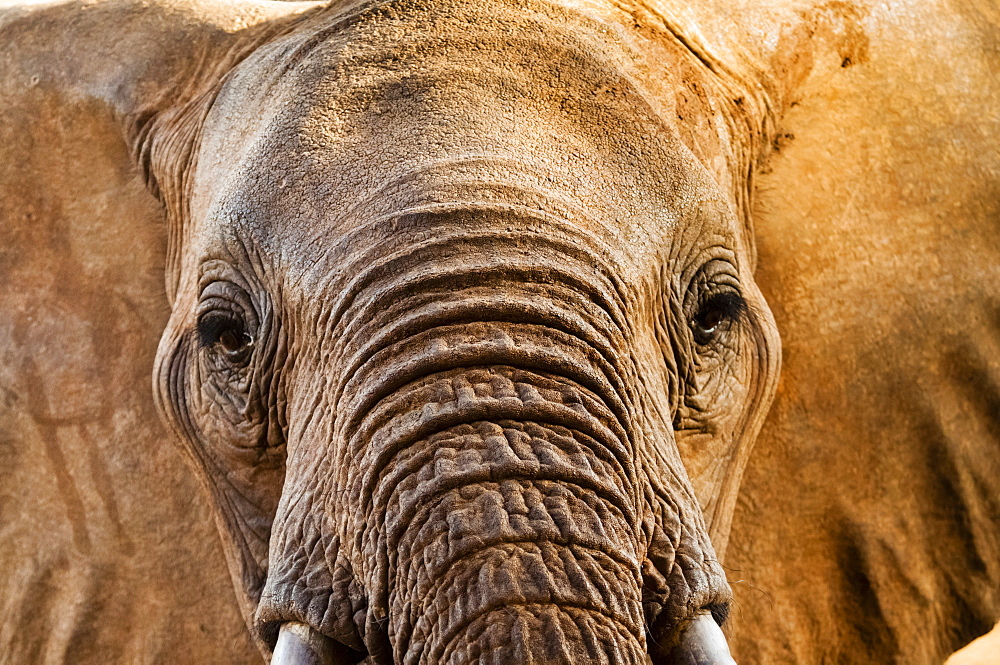Majestic: African Bush Elephant

The African bush elephant, also known as the African savanna elephant, is a majestic creature and one of the most recognisable animals in the world. It is one of two extant African elephant species and one of three extant elephant species overall. The African bush elephant is truly impressive in size, being the largest living terrestrial animal we know of. Bulls can reach a shoulder height of up to 3.96 m (13 ft 0 in) and a body mass of up to 10.4 t (11.5 short tons), making them an awe-inspiring sight for those lucky enough to witness them in their natural habitat. These magnificent creatures are an important part of our planet’s ecosystem and deserve our utmost respect and protection.
Habitat
The African bush elephant is found in sub-Saharan Africa, spanning across Uganda, Kenya, Tanzania, Botswana, Zimbabwe, Namibia, Zambia, and Angola. It traverses diverse habitats ranging from subtropical and temperate forests to dry and seasonally flooded grasslands, woodlands, wetlands, and agricultural lands. It can be found at various altitudes from sea level to mountain slopes. In Mali and Namibia, it also inhabits desert and semi-desert areas.
Behaviour
The core of elephant society is the family unit, which usually consists of several adult cows, their daughters, and prepubertal sons. The family unit is headed by a matriarch who sometimes leads the kinship group. Groups work together to find food and water, defend themselves from danger, and care for offspring through allomothering. Group size varies depending on the season and location. In Tsavo East and Tsavo West National Parks, groups are larger during the rainy season in areas with open vegetation. Aerial surveys conducted in the late 1960s to early 1970s found an average group size of 6.3 individuals in Uganda’s Rwenzori National Park and 28.8 individuals in Chambura Game Reserve. In both locations, elephants grouped together during the wet season while groups were smaller during the dry season.
African Bush Elephant Diet
The African bush elephant is herbivorous, mainly consuming grasses, creepers, and herbs. Adults are capable of consuming up to 150 kg (330 lb) per day. During the dry season, these elephants may also eat leaves and bark, which contain high levels of calcium. Elephants in captivity may consume leaves and fruit such as cherimoya, papaya, banana, and guava, as well as the stems, seeds, and leaves of crops such as maize, sorghum and sugarcane. To ensure that they get enough minerals in their diet, they often gather around mineral-rich water holes, termite mounds, and mineral licks.
African Bush Elephant Facts:
- Name: African Bush Elephant
- Scientific Name: Loxodonta africana
- Class: Mammalia
- Lifespan: 70-75 years
- Diet: Herbivore
- Habitat: sub-Saharan Africa



Sources https://en.wikipedia.org/wiki/African_bush_elephant https://www.robertharding.com
ABOUT US
The website everywhereyouwant.com is free to browse and can help expand your knowledge of the world. All images and videos found on this site are provided by robertharding.com, a company committed to showcasing award-winning photographers and their world-class images and videos.
All images and videos on this website are copyrighted. They cannot be reused, including publishing in print, online or sharing on social media, without purchasing a license from robertharding.com